|
By Nicole Harris
Learn more about Jessica and her work here. Learn more about NACHMO Boston and take the #MonkeyhouseNACHMOChallenge by following us on Instagram. Nicole Harris: For NACHMO this year you are choosing a non-performance track. How do programs like this benefit your process? Are you working towards a specific project outside of NACHMO that you are using your NACHMO time for? Or is this purely exploratory?
Jessica Roseman: NACHMO is the perfect reboot for the start of my year. I love its casual creativity, playfulness, and the supportive environment. This year, I am combining several repertory dances into one longer piece, and I am playing with an interactive installation concept. At this point, both projects are in exploration phases, as I have yet to figure out where or when they will actualize. N: If this is purely exploratory, or in other places without a clearly defined end product, how do you make sure the process is meaningful? JR: Working by myself, I have zero tolerance for tortured process. Alone, I am responsible for meaningfully shaping my work to suit my vision. So I think a lot about what motivates me to dance, what excites me. I am inspired to use stories from my family and identity, by using my senses, and my location. N: What are your tools for prioritizing process at least equally to product? JR: Scheduled time in the studio. In rehearsal, I set my stopwatch for 5 or 20 minutes, for example, to play out a beginning, middle, and end around an idea. I may do timed dances several times throughout a rehearsal. Often the dance is aimless; some sessions I choose to do nothing. Sometimes I phone a friend in rehearsal, or bring in stimulating props for encouragement. Regardless of what happens, by putting in my studio time, I can trust that my process is growing the dance. Over enough weeks, I come to understand a sense of the story I am shaping. Inevitably, I develop a dance I can live in. My process becomes product. N: You’ve built three distinct pieces for fairly high profile programs in the last year. Do you have any advice for choreographers to care for themselves in the midst of those high pressure situations? JR: Choreograph wellbeing into your dance. If the piece is emotionally or physically taxing, put a recuperation section in there, or creatively modify the action! Work with things, people, costumes, music that make you happy. Bake care into your artistic process and business practices - schedule daily writing, life coaching, affirmations, play, and rest time to keep grounded. Surround yourself with people who you easily share with and trust. Be honest with yourself. Don’t be afraid to say no, or to ask for what you need. N: Thanks to a conversation from you a few years ago we started offering childcare during mentoring, tech, and performances for choreographers who need it. Are there other ways that programs like NACHMO Boston can be supporting artists who are parents? JR: One of my biggest challenges as a parent is balancing my time and energy. I really appreciate how NACHMO offers flexible options in scheduling dates for mentoring sessions, and how to participate. I would love programs for parenting artists to consider offering open, cumulative scheduling, allowing the artist to choose a schedule that works for them. It would be ideal if other programs asked accommodation questions to parent artists up front, even if they’re unable to provide. Parents need to feel welcomed to ask for support; so thank you for asking! N: Monkeyhouse and NACHMO Boston believe that we wouldn’t be here without the support of our community. Who is one of your favorite local choreographers and why? JR: The work of Laura Sánchez really resonates for me, among many other local choreographers. Laura is creating new ways to incorporate all aspects of her being in her dances, including beyond her expertise in flamenco. I am excited to see what she’s doing next!
0 Comments
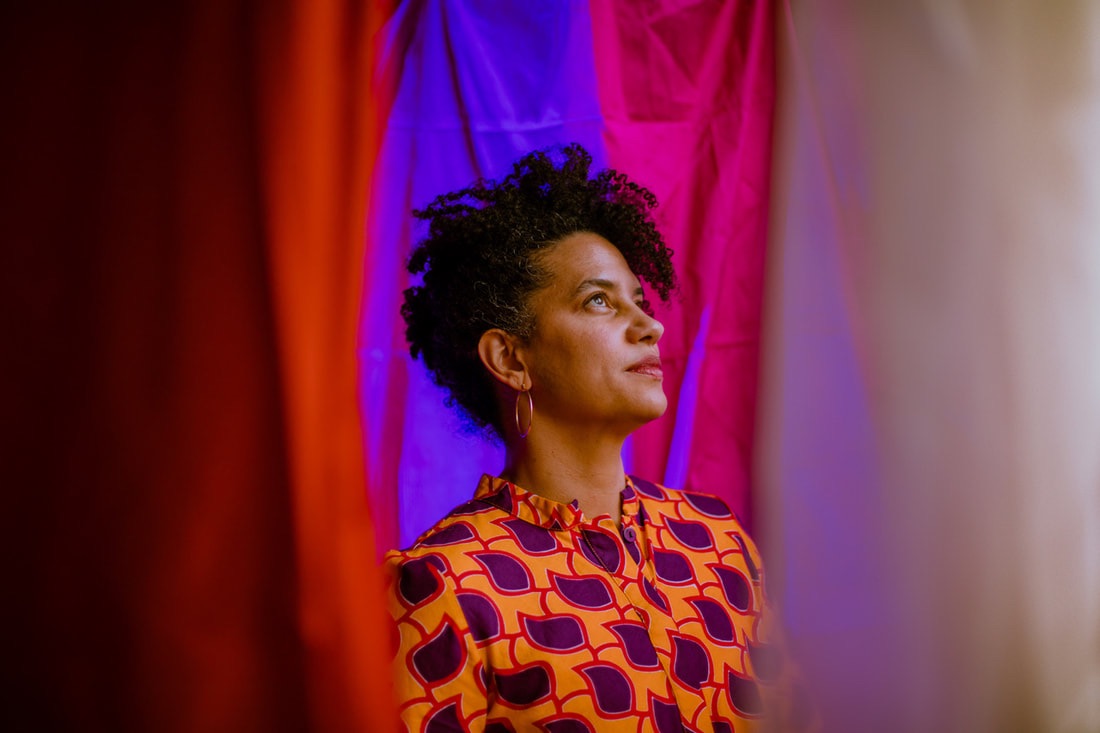 Photo Credit: Mel Taing Photo Credit: Mel Taing We joyously continue our Adapting to Uncertainty Series this week with a quick conversation with Jessica Roseman. Eagle eyed readers might have noticed a photograph of her in the background of last week's interview with Kim Holman. Her Nourish project invites people into her creative practice and often utilizes some unexpected public spaces. If you are lucky, you can catch Jess in action at 6 Faneuil Hall Square Boston, MA, 02109 today from 6 - 7:30PM. And if you go, say hello to karen Krolak or Nicole Harris and share your response to the performance. For more information, click here karen: During the pandemic you began building the Nourish project. I know that there is lots of information about that on your website but I am wondering what was different about how it developed compared to things you built pre-pandemic? Jessica Roseman: Pre-pandemic, my dances were experimental questions. I focused on understanding my choreographic vision - how do I want to present myself? What excites me? What themes and vocabularies serve me best? (Why) is it even important to make dances? Coming back to choreography after years of healing from trauma, I was examining choreographic approaches to pleasure, searching for ways to make myself - and others - feel better through dance. I was gathering tools, questioning every step and result along the way. My dances were testing the waters of my own vulnerability and creative capacity. Time and money-wise, I invested in my own self interest without worrying too much about expense, results, or exposure. During the pressure cooker conditions of the pandemic, it became necessary to use this line of choreographic inquiry as a means to process, heal, and to actively use my voice for change. I had an immediate need for connection, and to stake a claim in my art and my community. My work, the same approach and content, became at once more political. I invested in building a sustainable career, and built my business in the process . kK: One of my favorite parts of the land acknowledgements that you share at the start of Nourish workshops is how they encourage me to reflect on the specific site where we are dancing. You are going to be performing for Now +There at Faneuil Hall on August 16, 6pm How has that location influenced your thinking? What sort of research have you done there? JR: Boston is steeped in colonial history which typically does not tell the whole story. There are tons of historic maps, exhibits, books, tours, and websites about the layered history of Faneuil Hall. Boston’s wealthiest merchant of the time, Peter Faneuil, who built the meeting house, had a significant role in the slave trade. Farmers from inland, including from what is now called Lexington Community Farm (where I am Artist in Residence), brought their produce to sell in the Faneuil building. As ever, I found it challenging to process an inclusive land acknowledgement of that place without getting swept away by the sheer volume of information from a capitalistic, white supremacist perspective. To defy the confines of the colonialism, I am generating my own narrative from my personal connections to Faneuil Hall, and particularly my values for the present:
kK: You have been in residence at Bearnstow last week and previously at Subcircle in Biddeford. How do these weeks away reframe your investigations into the specificity of site where you are presenting work? How do they serve your larger creative practice? JR: I was born in Maine, and spent many magical summers visiting here as a child. Subcircle and Bearnstow's subsidized Maine residencies bring me back to my childhood self while directly supporting my growth as a choreographer. I feel so affirmed as an artist to be welcomed into their amazing spaces. I have come to rely on time away from my regular parenting routine. I also just love dancing among the plants and trees which each facility environmentally protects. In nature, I deepen my understanding of the good in the world, and my purpose in it. I reset my sense of time and space. I breathe deeper, and become more grounded. I take experimental new risks. In residency, I experience a cyclical process of nourishment in relation to the land, which feeds my creative practice. Thanks to Bearnstow and Subcircle, I become fortified to delve into politically challenging places like Boston’s Dock Square, and to make louder, more complex work. By Nicole Harris
N: I know you have been expanding your definition of what dance is during quarantine. Can you tell us a little about what you’ll be working on in 2021? JR: I’m starting my Nourish Project for 2021, which was developed over the past 9 months of suspended performance and isolation. I’m asking some key questions: How can we find creativity with so much unrest in our world? Who nourishes the nourisher? More specifically relative to my own experience, how can Black mothers take care of themselves in order to provide for their families? How can we find the nourishment of art and creativity when adapted performances are relatively limited? Is there a way for everyone to experience a shift of perspective, communion, resonance with a shift of attention to the resources we’re already accessing? I’m drawing parallels between attentively tuning inward, and physical dance forms. What is the intersection of movement and racial/social justice? I’ll be addressing these Nourish Project questions in two different ways: This year, I’ll be Artist in Residence at Lexington Community Farm, helping farm visitors to embody the choreography of picking their produce. I’ll offer movement directives so visitors can engage with their senses and physicality to bring a creative experience to growing and harvesting. I will also be working in partnership with Cambridge Center for Families, in which I’ll Zoom interview, chat, and choreograph with Black mothers (non-dancers), asking them about their states of being, asking HOW are you doing? What exactly do you feel right now? Given their responses, we’ll dance toward positive transformation, making personalized choreographies that fit each mother's experience. Culminating both engagements at the farm and online, I’ll be creating a Body Map of my findings, a visual guide to these physically related stories. I’m planning an installation experience, where individual visitors will be able to enter an environment to interact with these movement directives and sensory questions. I’m interested in how sharing personal experiences - the heart of dance communications - can be translated into other art mediums, an adaptation of a dance concert. N: You will be heading up to Subcircle Residency in Biddeford, ME this year. What are you hoping to work on while you are there? What do you most value about this opportunity to be in residence somewhere? JR: I so appreciate the opportunity to take time and space away from home life to be able to really go deep in my creativity. Since the pandemic started, I, like many others, have not felt safe enough in my body to dance as I once had. Between parenting my school aged children and minding the needs of my parents who live with me, and all the other political and health concerns happening, I’ve been quite limited. Working hard to hold on to what’s important for my basic survival and artistic growth has been such a challenge. Going to Subcircle in Maine will provide much needed respite from all those concerns. I’ll resource a physical practice again by reconnecting my Nourish ideas to feeling secure in a studio again. It means so much to me to have the support from Monkeyhouse and Subcircle to make this residency possible. N: This is your second time participating in NACHMO. What are you most excited about in this process? What are you most nervous about? How are those things different than last year? JR: I love the feedback sessions NACHMO provides. It’s a great way to learn firsthand how other local choreographers are developing their own work, and to share resources and perspectives. I really like how generous everyone is by sharing encouragement and inspiration! I like having the support of my community, getting to know my dance peers, and what the focus of a daily choreographic practice brings up, be it resistance or productivity. I think this year is even better, because NACHMO has broadened the parameters of what dance means to us, be it making phrase, a picture, a film, a full piece, a discussion or a sketch. We get to think about what kind of investment in dance we want to make, relative to our differing needs. and there’s more support this year, with peer to peer mentoring, group mentorship, one on one mentoring sessions, as well as regular self care meetings. I get nervous when I start to judge myself on what I thought choreographing should look or feel like. My prepandemic value system of productivity is readjusting. I believe in the quality of my work so far; there’s a lot churning in my head and journal, even though there isn't any dance to show! N: Who are your mentors? What makes those relationships special to you? What are you doing to pay forward the gifts they have given you? JR: Deborah Hay has been my mentor starting over 30 years ago when I was a dance major at Wesleyan. Deborah is getting well deserved international recognition for her 50 plus years as choreographer. I reconnected with her recently in a residency, which was significant to mark the life changes and creative developments we’ve each been through since the first time I studied with her. From her, I’ve learned how to keep fascination going, and how to kindly challenge myself. Deborah taught me how to be an artist while parenting, to work with the resources and abilities I have on hand. Deborah is an excellent writer and ruthlessly candid editor; I learned how to write dance and dance my writing from her, among many other teachers. Karen and Nicole have been mentoring me weekly for many months through COVID, providing me with words of comfort and affirmation in a very humane, honest exchange.Through Monkeyhouse, I’ve become more comfortable with my own creative voice. and made incredibly deep friendships in so doing. I'm honored to be able to pay it forward by teaching dance students how to help each other in lecture demonstrations and workshops. I also enjoy mentoring my peers in their work, offering my point of view in support of their process. I value the opportunity to be there and help in whatever way I can.
|
Categories
All
Archives
April 2023
|
MONKEYHOUSE
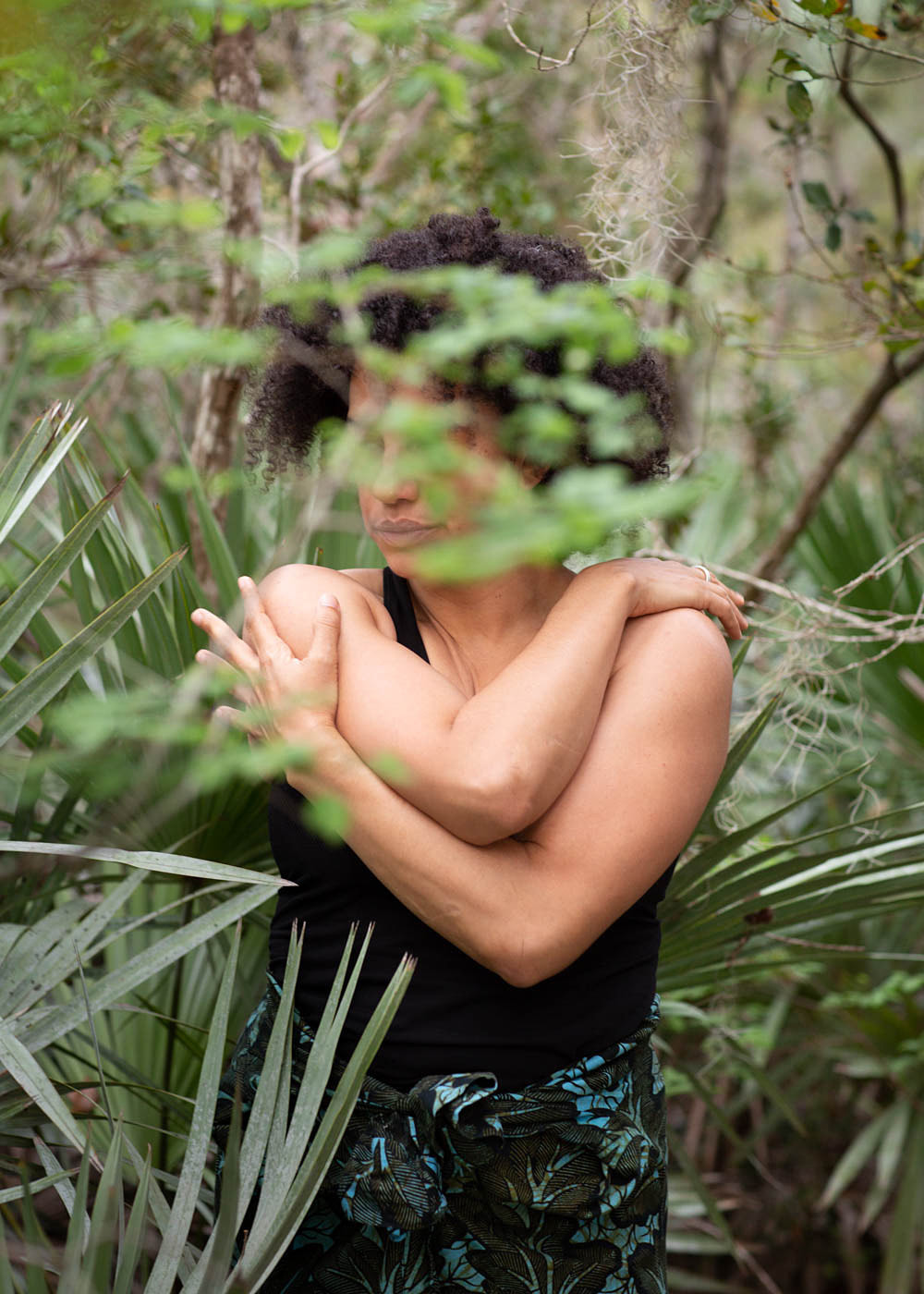
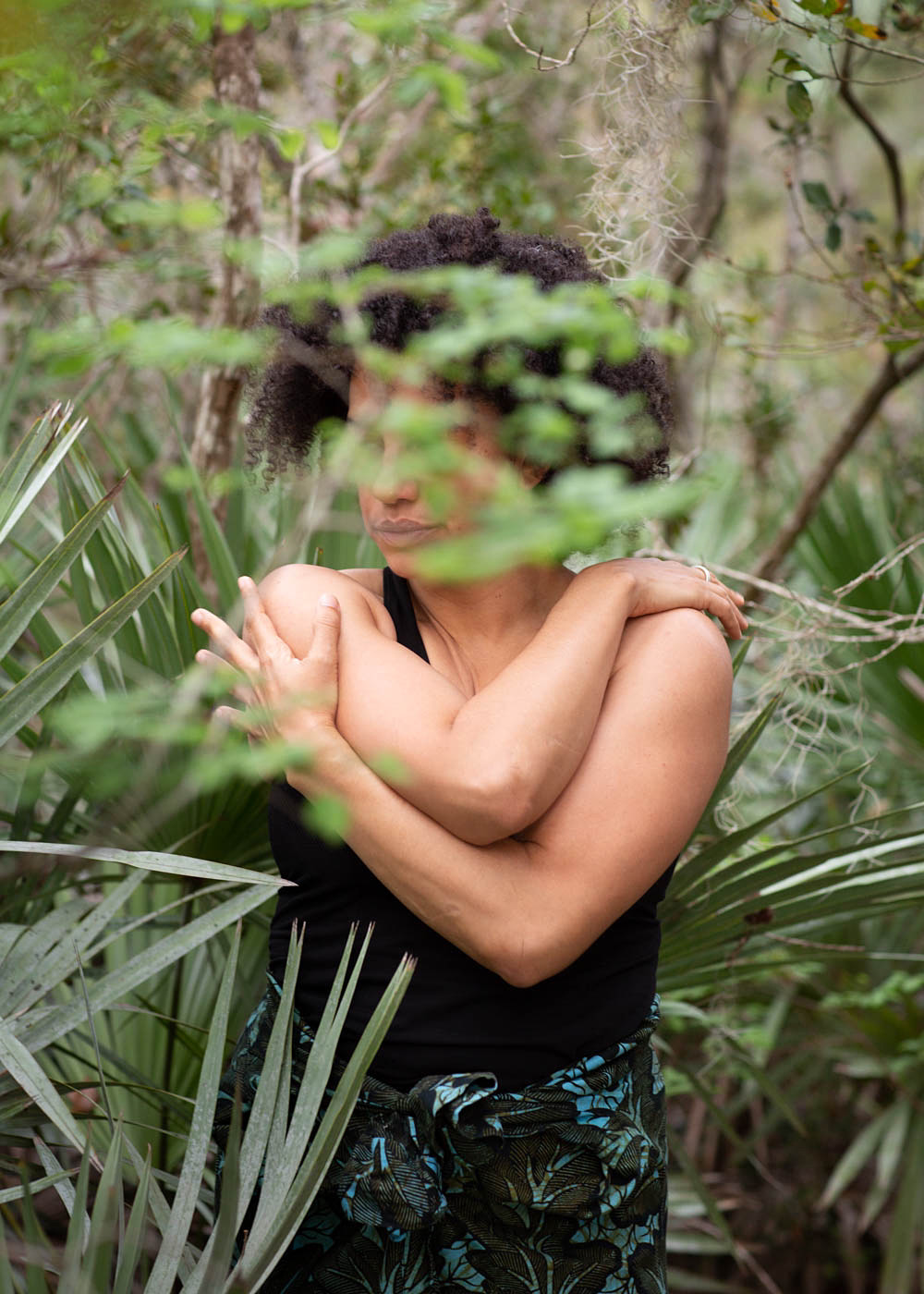
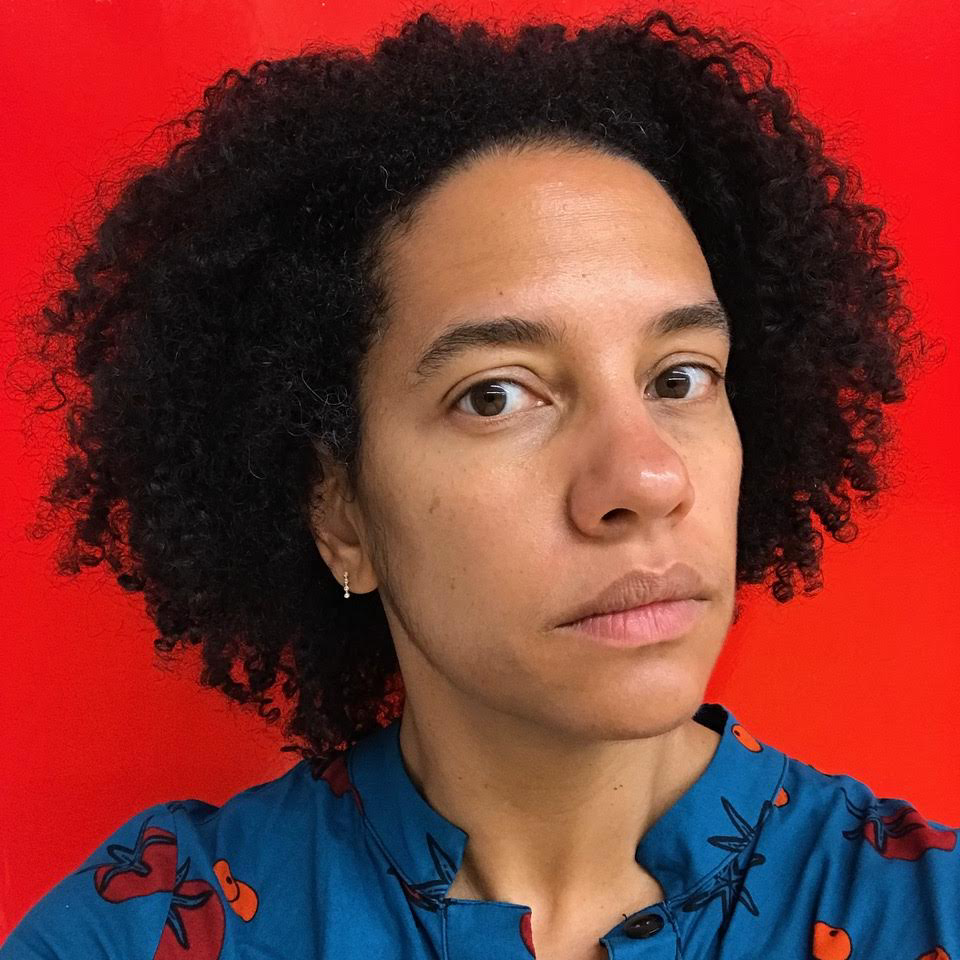

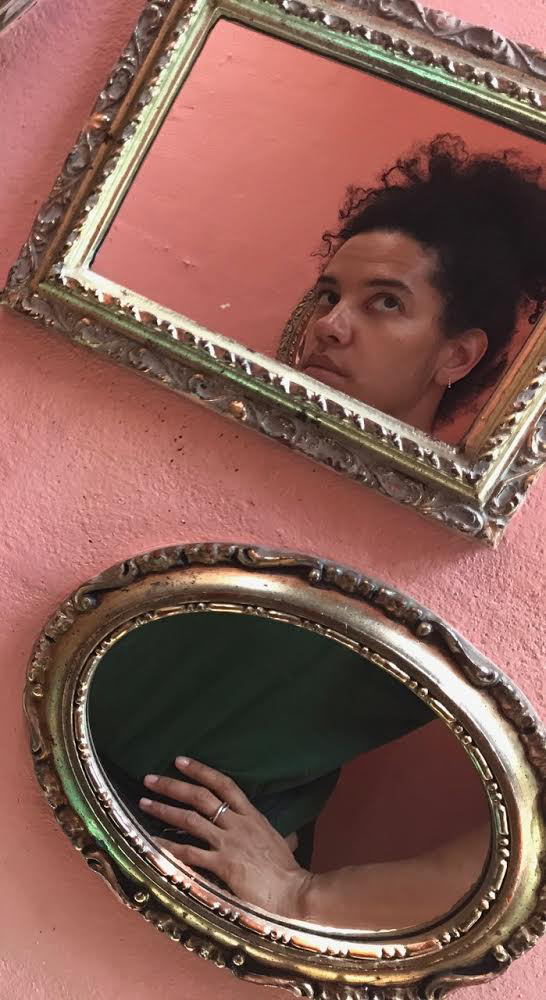
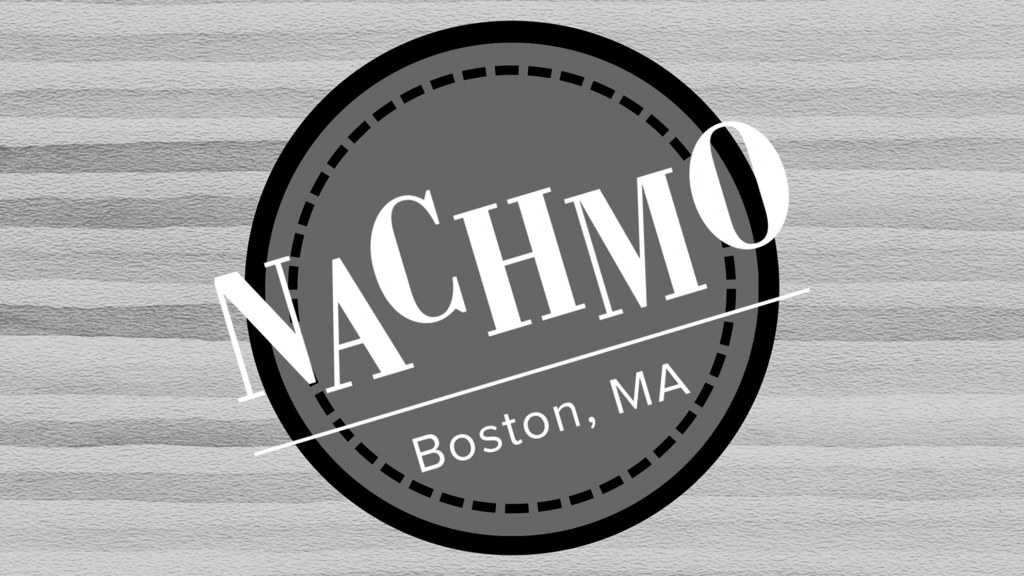
 RSS Feed
RSS Feed
